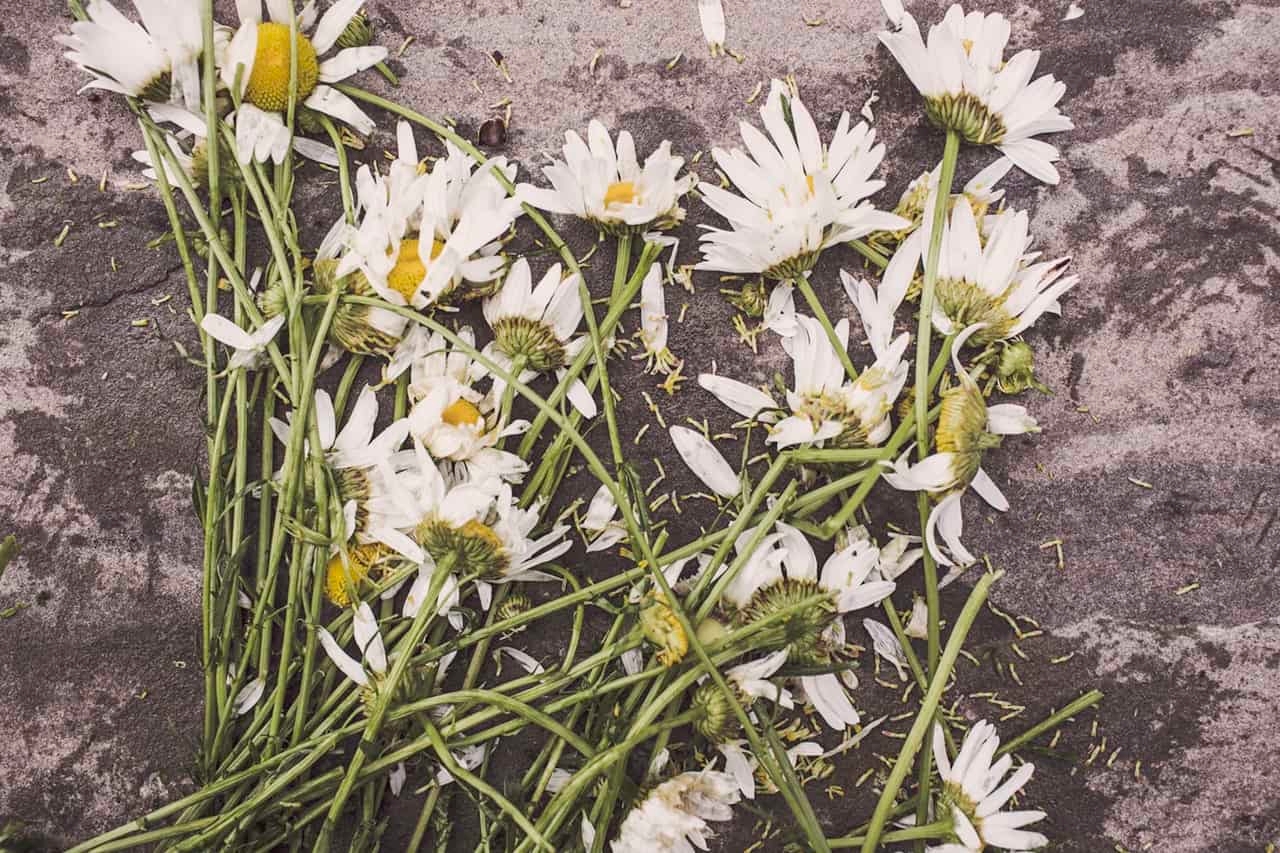This blog post was written by Jean Myles, who cared for her husband from 2001 – 2014
Caregivers come in all sizes and ages, colors and creeds. The isolation of caregiving is all too real in almost every situation. After spousal caregiving, the caregiver may suddenly realize that the change from being a part of a couple, even though one partner may have been ill for some time, is a drastic change. Adults caring for older parents find themselves cut off from normal activities, and find it difficult to pick up their lives. The same applies to those caring for adult children. When death occurs, it is wise to find someone to talk to, a family member, a friend, a priest, rabbi or pastor, or a professional counselor, rather than trying to do everything alone. This is a healing time for the caregiver. Naps are a very important part of the healing process, as are tears. Tears can come at the oddest times, even in the middle of the grocery store. The amazing thing is those who reach out in comfort at these times.
Where some decisions following death must be made immediately, funeral plans, and attending to insurance policies, caregivers need to take time for themselves. It is important that they find out who can help with decisions on insurance and taxes, find out what decisions can be put off for a time, and take things one step at a time until they are comfortable with themselves and their new situation. All too often family members insist that the surviving partner immediately move to a new living situation. And, all too often this removes the survivors from a supportive neighborhood or friendship pattern, leaving them even more lonely. Moving from familiar surroundings should be the decision of the survivor when they feel it is time, not the decision of well-meaning family or friends.
When the important decisions that need to be made are made, as time passes most caregivers find that they have time on their hands and don’t know what to do with themselves. My advice is to find something to occupy your time: catch up on tasks left undone, books left unread; volunteer to tutor children or for a reading program for children or adults; tutor someone learning English as a second language, or volunteer for a local organization. Some people volunteer in hospitals, or as respite partners, because they know what is needed. One of our caregivers volunteered for Hospice after her husband’s death, finding solace and healing in helping others get through the final days of their loved ones. There are many programs looking for volunteers in our local area.
My long years of caregiving began after my husband’s open-heart surgery in 2001, progressed slowly over the next few years, then rapidly accelerated a few short weeks near the end of his life in 2014. As time went by and his pulmonary and cardiac problems increased and the caregiving became more encompassing, I found it difficult to keep up with my previous outside interests and commitments. When my husband died, I suddenly realized that all of the above was true. Life is very different before, during and after caregiving. Having family close-by helps tremendously, but we don’t all have that option. I did. Still, I wound up going to a psychiatrist, which was a sound decision for me. With degrees in both neurology and psychiatry, the physician I chose does not prescribe multiple medications. He helped me work through the rough spots of grief and becoming my own person once again.
The wisest and most successful survivors of caregiving take the time to attend to the immediate decisions, then take the time to care for themselves, time to reorganize their lives and time to make themselves comfortable in whatever it is they choose to do with their lives in the future, because there is always a future for the survivor and his or her family after caregiving chores are done.
By,
Jean Myles
Caregiver from 2001 – 2014
